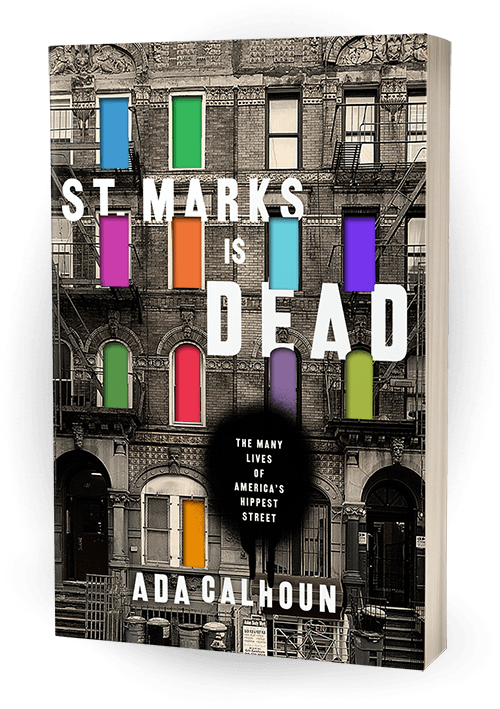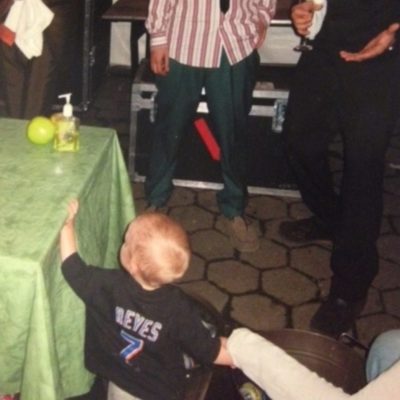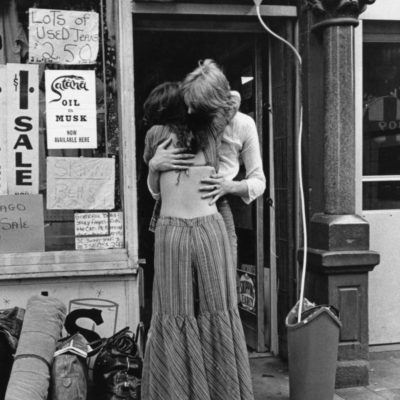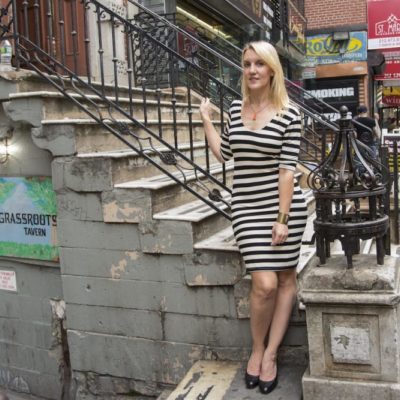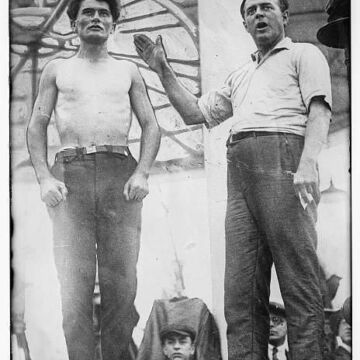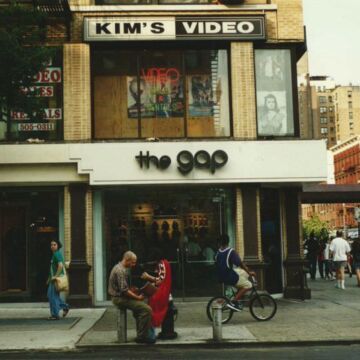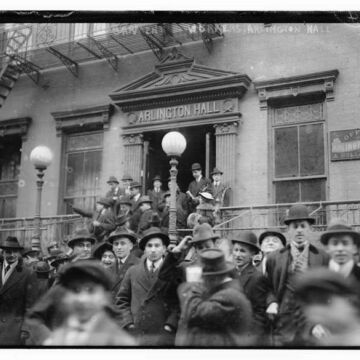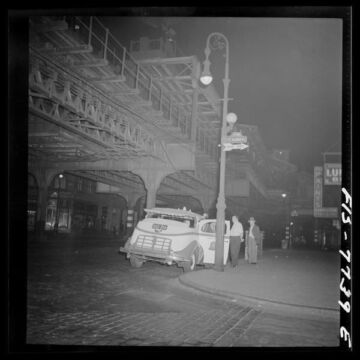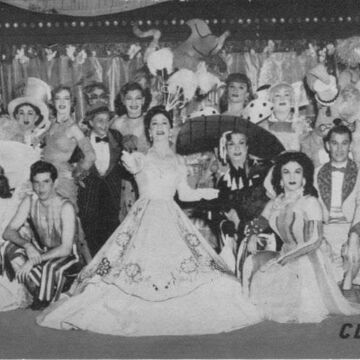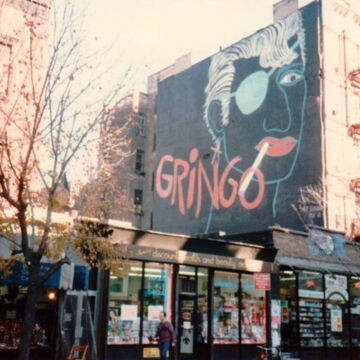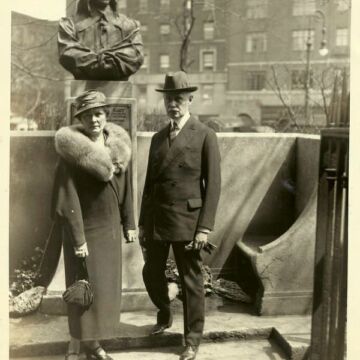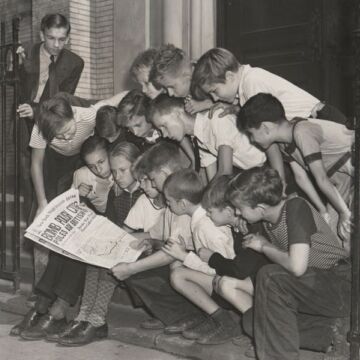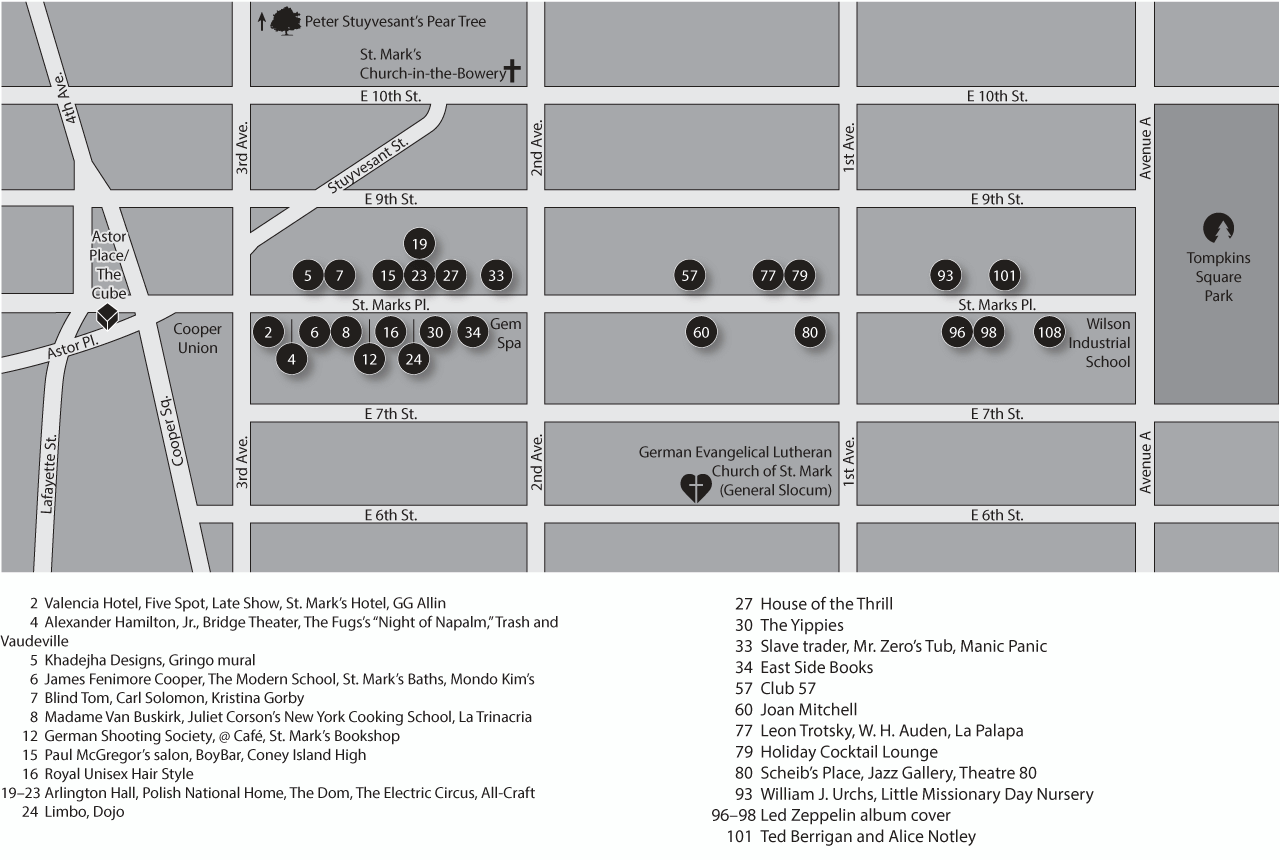Ada Calhoun, who grew up on St. Marks Place, interviewed 250 past and present East Villagers for this surprising New York City history, one of the best nonfiction books of 2015 according to Kirkus, The Boston Globe, and the Village Voice.
Organizing the street’s centuries-long history around the moments when people have declared “St. Marks is dead,” this vibrant, idiosyncratic work offers what The Atlantic calls a “timely, provocative, and stylishly written” new take on urban nostalgia.

“The Best Nonfiction Book About New York, 2015” — Village Voice, which in a 2015 cover profile by Jay Ruttenberg said, “With St. Marks Is Dead, Ada Calhoun just became the most important new voice on old New York.”

“The lively history of a three-block area in lower Manhattan where celebrities, public figures and social movements have converged… [Calhoun] has an eye for intriguing — often titillating and little known — tidbits about St. Marks characters.”
—The Seattle Times

“Calhoun, who grew up on St. Mark’s Place, is careful not to romanticize any one era of the East Village (which serves as a suitable proxy for much of New York City during the past century). St. Marks Is Dead is an ecstatic roll call.”
—— Sasha Frere-Jones, The New York Times Book Review

“Timely, provocative, and stylishly written …Calhoun’s book serves as a welcome corrective to that rallying cry [that gentrification is bad], and to the tendency to romanticize New York City in the 1970s, when the city was far more riotous and permissive than it is now. … Her aplomb, in fact, is precisely what the discussion needs. Her portrait of neighborhood resilience might suggest more temperate proposals for an increasingly polarized debate.”
—John McMillian, The Atlantic

“Calhoun makes a case for the enduring relevance and legacy of St. Marks Place, the quintessential downtown street and home to everyone from W.H. Auden to Keith Haring.”

“[Starred Review] An illuminating stroll through the decades of one of the most culturally significant streets in America…breezy…engagingly personal…Rather than a nostalgic lament, this revelatory book celebrates an indelible cultural imprint.”
—Kirkus Reviews, which also included the book on its list of “The Best Books of 2015.”

“[Highbrow/Brilliant] Ada Calhoun’s canny history of the storied, grubby street and, secondarily, our deathless cycle of I-was-there nostalgia.”
—New York magazine, which also calls it one of “The 7 Books You Need to Read in November.”
